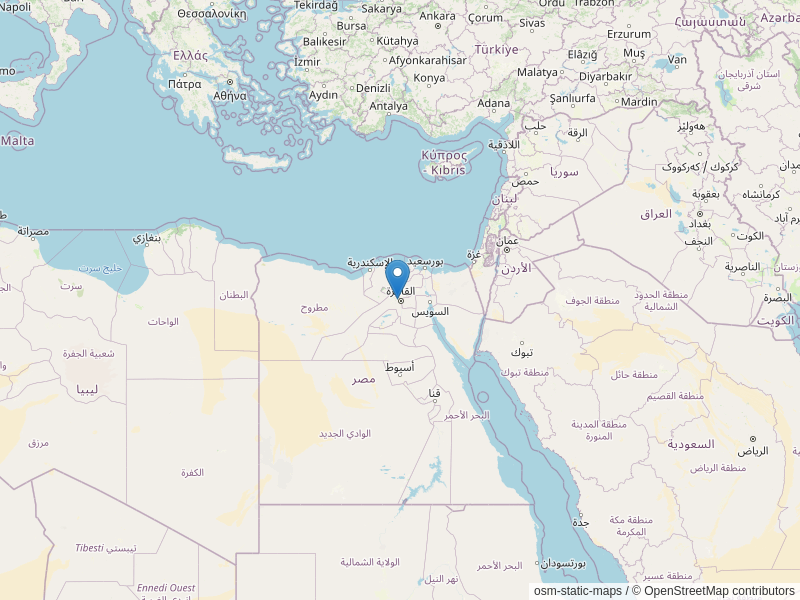Science Communication & Science Journalism 2023 Training and Workshop

Theoretical Discussions
“People are afraid of science, and this leads them to avoid it, but we, as scientists, have the responsibility to simplify and spread it,” a participant stated at the beginning of the workshop, expressing her desire to serve the community through her scientific research. After learning about each participant’s field of expertise, including Agriculture, Engineering, Environmental Science, Biology, Chemistry, and Public Health among others, participants were introduced to the basics of effective science communication starting from the crucial question: “Why do you need to talk to journalists?”. The subsequent series of questions, namely “What is the role of journalists?”, “What is the role of scientists?” and “What the journalists need scientists to tell?”, brought to light the linkage between scientists, journalists and society, who should interact using a common shared language. Equally, during that animated brainstorming, a variety of insights on the existing challenges to communicate scientific knowledge to journalists and to the larger public emerged. For example, a participant shared a personal experience, when her research could not be published in the desired media outlet due to the lack of interest in the topic from the journalist. After examining major challenges scientists commonly face, the trainers invited participants to reflect on two essential strategies for effective scientific communication: using appropriate language and keeping the attention of the audience high. Later, through two final practical exercises, requiring participants to first formulate a captivating title summarising their research and then describe it in three sentences, everyone could start applying the essential knowledge acquired during the day. “I understood that many of the terms I use to explain my work are not appropriate when I speak to the larger public,” a participant affirmed, acknowledging scientists’ tendency to neglect the need to adapt their specialised vocabulary to the audience. In this way, the guidelines provided during the first part of the workshop, highlighted the importance of using verbs and strong nouns in the titles, as well as story-telling and personal experiences in public presentations, laid the basis for the following series of sessions, which focused on the practical application of the theoretical knowledge gained in this vibrant first session.
Turning Theory into Practice
“Make it simple”, “Be fast”, “Tell a story”, “Be honest”, “Be quotable”, “Have a good analogy ready”, Use anecdotes”, and “Talk from personal experience”. With these inputs noted down on the whiteboard, participants delved into the second part of the workshop, which involved practicing the elevator pitch for their research. After a general discussion of the topic and the screening of a video that exemplifies key strategies to get the attention of the audience, each participant in turn had the chance to present their scientific work in ninety seconds. At the end of each speech, attendees and trainers engaged in energetic discussions, analysing both strengths and weak points of the elevator speech. In addition, this exercise offered the opportunity for all participants to discover each other’s topics of research, enabling them to establish strong connections and expand their professional network. “In addition to acquiring new skills, we could highly benefit from the diverse group, finding connections across our different areas of specialisation and enriching each other,” a participant stated in a personal interview following the workshop. With the introductory theoretical knowledge presented on the first day and the numerous inputs received from this engaging practical exercise during the second day, participants had the necessary tools to move to the next and most crucial phase of the workshop, testing their scientific communication skills through a written assignment. Therefore, the trainers presented the final task “Writing Science for Non-Scientists”, to be completed individually during the third day of the workshop and to be reviewed collectively in class on the last day. In less than 4500 characters, participants were asked to write a short text about their research topic for a lay audience, keeping in mind the golden rules of scientific communication. Then, during the final session, trainers guided the collective review asking the necessary questions to evaluate each piece: “What is the target audience?” and “What is the main message communicated?”. In the course of the reviewing session, it became evident that highly specialised language, complex sentences, and abstract ideas represent major obstacles to communicating scientific topics in an attractive way. Rather, scientists are required to simplify their language, using common words, concrete examples, and captivating stories. Despite the length of the exercise, trainers were positively impressed by the engagement of the group throughout the whole session, where constructive criticism and openness to learn from each other stimulated active participation and fruitful exchange.
Conclusive Reflections
As a result, the combination of theoretical information with concrete examples and practical activities enabled participants to start training the essential scientific communication skills, which are increasingly needed in both academic and media sectors. “The ability to communicate science to non-scientists is an essential skill, which, as any other skill, needs practice; this workshop represented the needed starting point so that we can effectively disseminate our work to the public,” a participant affirmed at the end of the last day, reflecting on the benefits of attending this training. Wrapping-up the session, the trainers collected the main takeaways from the five-day workshop while leaving the final essential question for participants to carry with them: “What are three things that you would do differently in the next four weeks on scientific writing?”, to be meditated silently in class and to then be applied at their return to their valuable research work.

















